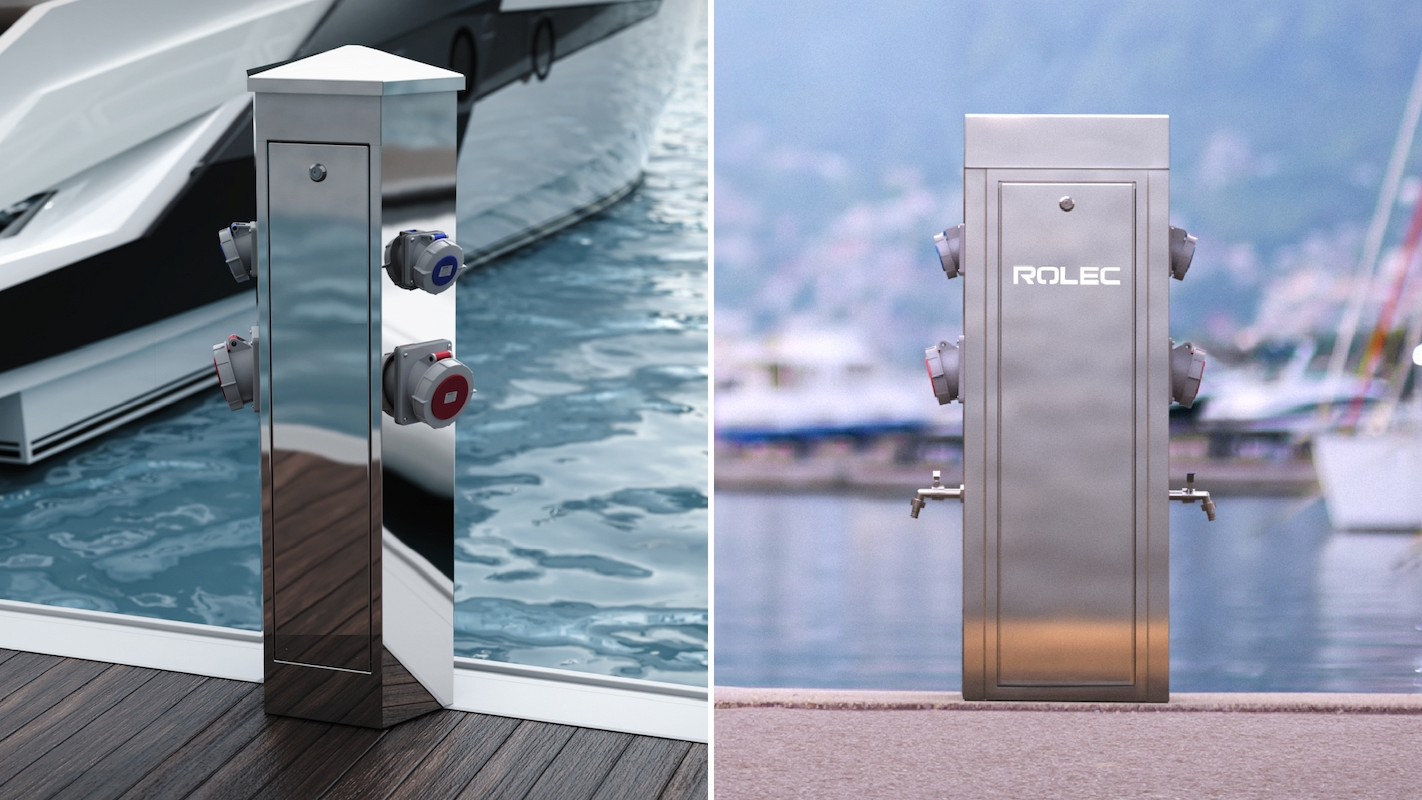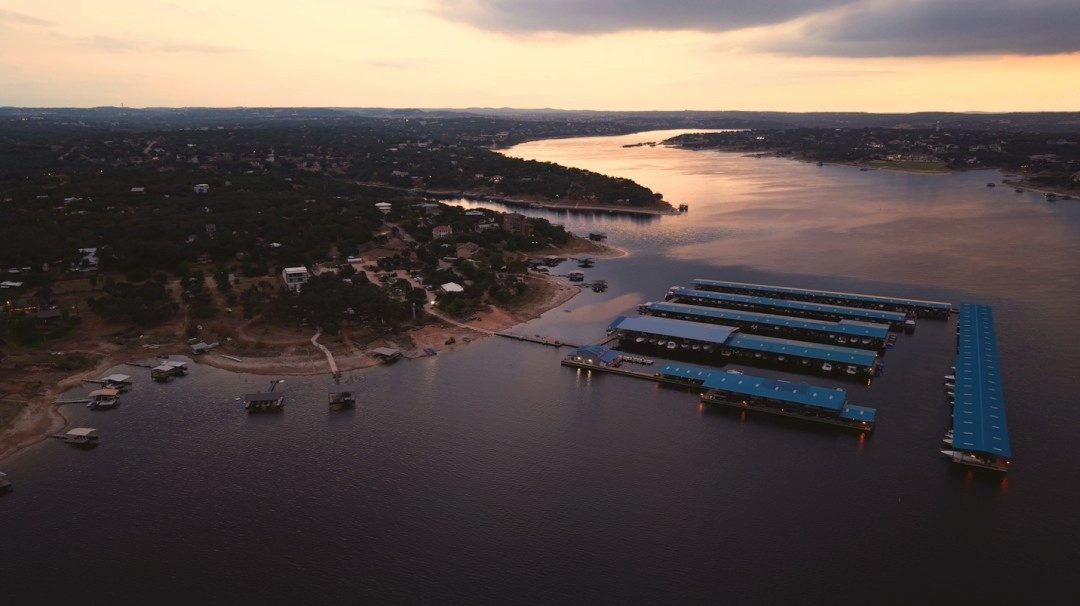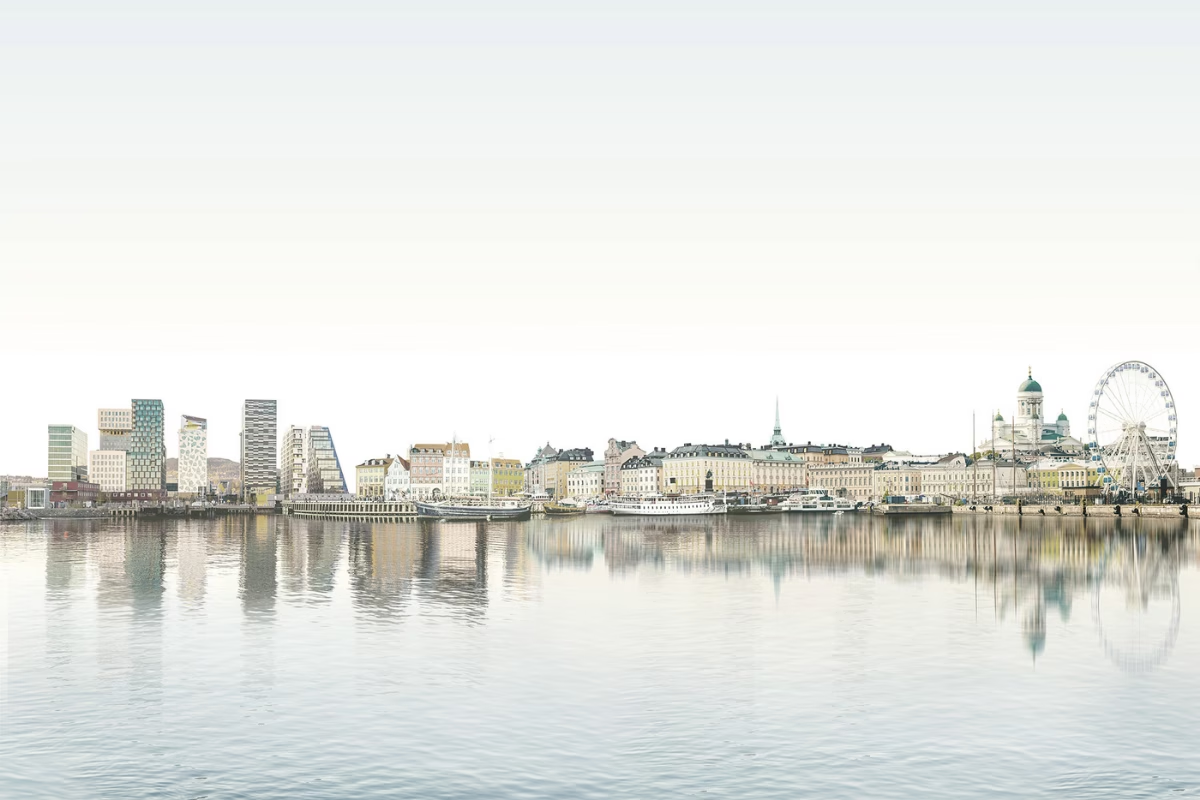Floating technology is today well established, but specialist companies are still using it to open up new ways of living on and with the water. From floating homes and solar farms to offshore wind platforms and even floating cities, this futuristic-looking technology offers a practical solution to real-world challenges.
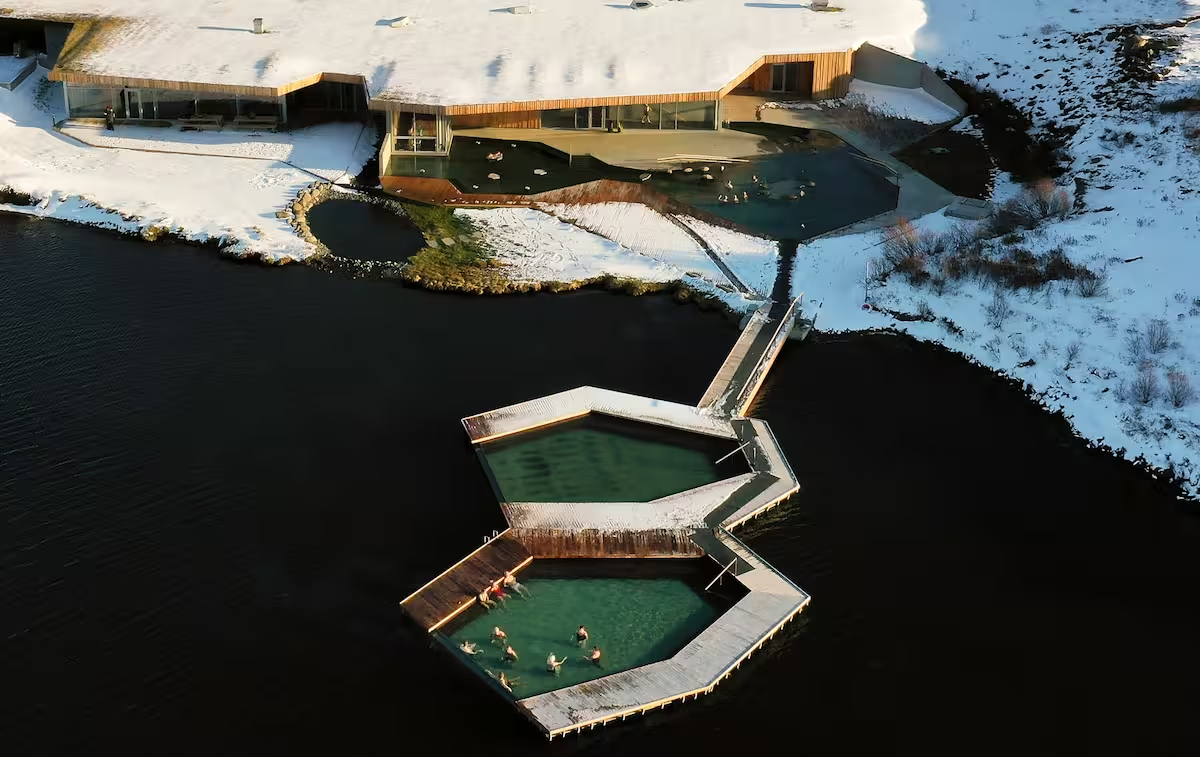
With centuries of experience building on and around water, Finland and the Netherlands are world authorities when it comes to taming it to human needs. It's no surprise then that these countries are home to many expert floating solutions companies, two of which are Bluet Floating Solutions and Bartels & Vedder.
The former was founded in 2016 in Finland by CEO Tytti Sirola and chief engineer Kimmo Saharinen. Their joint vision was to provide modular, sustainable and flexible floating solutions that enhance waterfronts and create spaces for both recreation and infrastructure. Their approach stemmed from a need to rethink how humans interact with water – not as a barrier but as a platform for innovation.
Meanwhile, Dutch company Bartels & Vedder – founded by the former CEO of floating technologies company Aqualife Nederland, Jelle Vedder, and engineer Chiel Bartels – has engineered projects all over the world. Bartels & Vedder traces its roots back to 2003 and now claims the world’s largest track record in floating engineering projects.
Why choose floating designs?
Both companies believe floating buildings provide solutions to land scarcity and enable the development of underutilised waterfronts. They are also highly adaptable to changing environmental conditions, such as rising sea levels. For marinas, floating utility buildings are a game-changer because they can increase capacity and maintain the integrity of coastal ecosystems without the need for land reclamation. They can also benefit the environment, says Vedder, by providing a reef-like structure for sea life.
Both companies are sensitive to the environment. Bluet uses eco-friendly materials in its platforms and offers several anchoring systems to avoid dropping concrete sinkers on top of coral reefs or protected seaweed sites. “We highly value the environment and always wish to avoid dredging or landfilling if possible,” Sirola explains. Floating structures are dynamic: they rise with the water, they can be relocated and expanded and they continue to serve their purpose regardless of shifting tides or increasing water levels. “This flexibility is crucial for cities and regions experiencing the impacts of climate change,” she adds.
Vedder adds a further benefit: building on water provides multiple uses of the same area. Floating houses can be constructed on water ponds storing excess rainwater, thus creating an extra revenue stream. Alternatively, old harbours in cramped city centres can be regenerated and reimagined by building on water, allowing for this high value space to be used again.
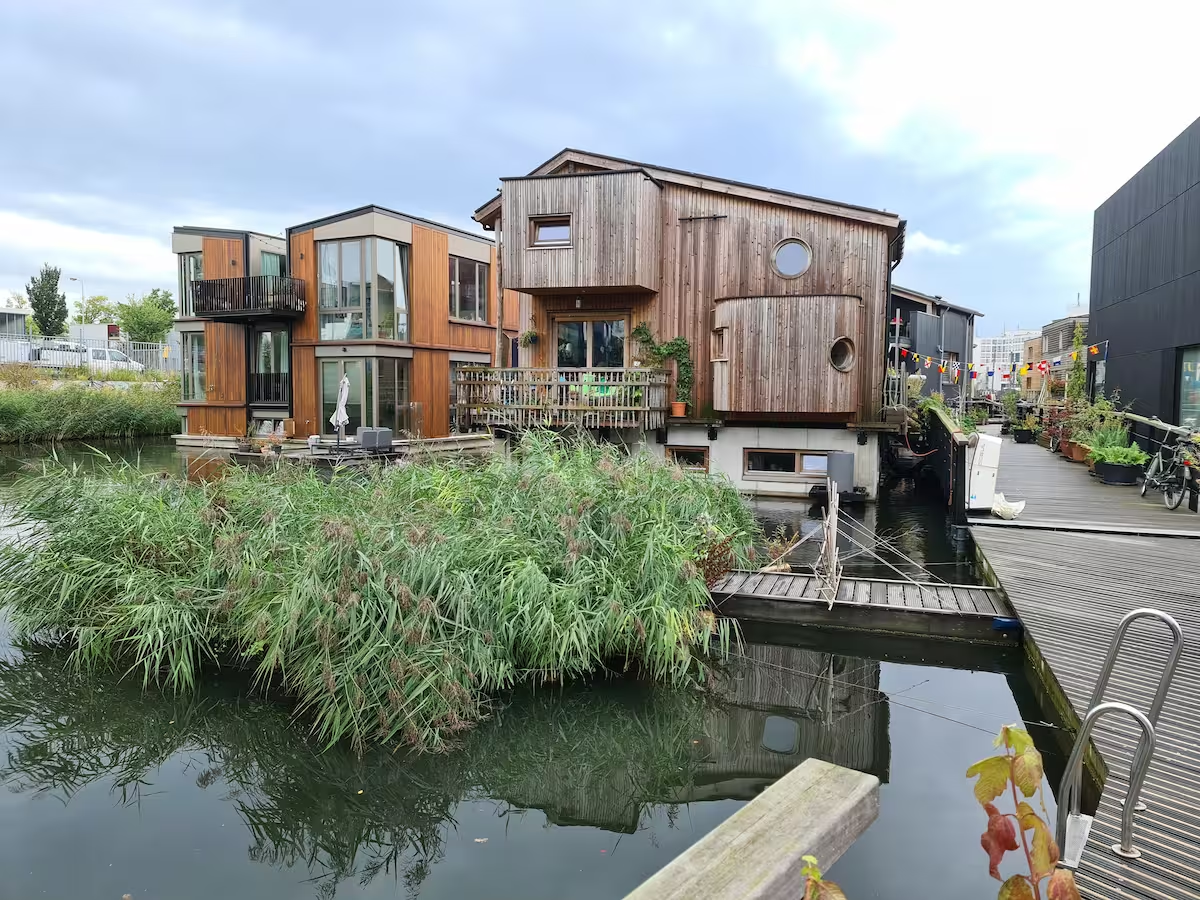
Project highlights
Bluet designs and delivers its own floating infrastructure, having created a modular utility building concept to allow clients to easily increase their service facilities, such as marina offices, small cafés, saunas and more, all of which are easily modifiable. The company works with architects and other professionals to bring its concepts to life, reserving its expertise for the engineering and execution stage.
One of Bluet’s current projects is a floating infinity pool similar to one it completed at the Mandarin Oriental Lake Como in Italy. Appearing to blend seamlessly into the lake, it is the largest floating infinity pool in the world. The new project will have a five-star hotel and wellness facility attached. “We will use our new patented system as the structure – and it will have a moving sundeck as a pool cover to enable energy sustainability,” Sirola explains.
Bluet’s floating pools come with heated and natural water options and range in size from small leisure pools to 50m Olympic-sized pools. Their natural water system includes filtration mechanisms specifically designed to maintain water purity and reduce algae growth. Bluet has recently begun offering concrete options, which require less maintenance. “Our floating platforms are built with modularity in mind, allowing easy expansion or adaptation to future needs – a feature not widely seen in the industry,” Sirola adds.
The company is also working on a floating residential project in Helsinki, Finland, which will offer 30 apartments and a marina. Bluet is responsible for the floating infrastructure and leads the technical team. “These projects highlight our ability to scale and adapt,” says Sirola.
Meanwhile, Bartels & Vedder also has several projects on the go. “We are engineers and try to find solutions for building on water,” Vedder explains. “We have developed and patented different technologies, each offering a different solution for specific needs.” The company is working on a 10,000m2 floating park in Rotterdam and a 3,200m2 floating rowing club and floating jetty in Düsseldorf, Germany. Both projects will use mooring piles to cope with water level differences of up to eight metres.
The company has also completed impressive projects in Asia, including a floating ferry terminal in Malaysia. Situated on Kenyir Lake, Southeast Asia’s largest reservoir, the 6,000m2 ferry terminal comprises five 30m jetties and a 60m connected bridge. It is encased in large white domes, the largest of which has a span of around 40m and a height of around 25m. The water levels here can differ by up to 17m, so the company used Seaflex anchors, which can handle these differences, to moor the completed structure.
Tailoring its approach to local needs, the company used fibreglass hulls in two projects in Delft and Woerden, because they needed to be lighter, deeper and fit in tight spaces. On the other hand, the floating system used in Malaysia needed a modular floating island technique that could be easily assembled on-site in the unforgiving Malaysian jungle. To accommodate this, the platform was completely pre-fabricated.
Installing floating rental accommodation in marinas adds an extra revenue stream for marina owners. Bartels & Vedder is now working with a Dutch marina looking to install affordable modular floating apartments. Sitting on a platform of around 20x18m, the 30 apartments will comprise three units on top of each other and five next to each other in double rows.
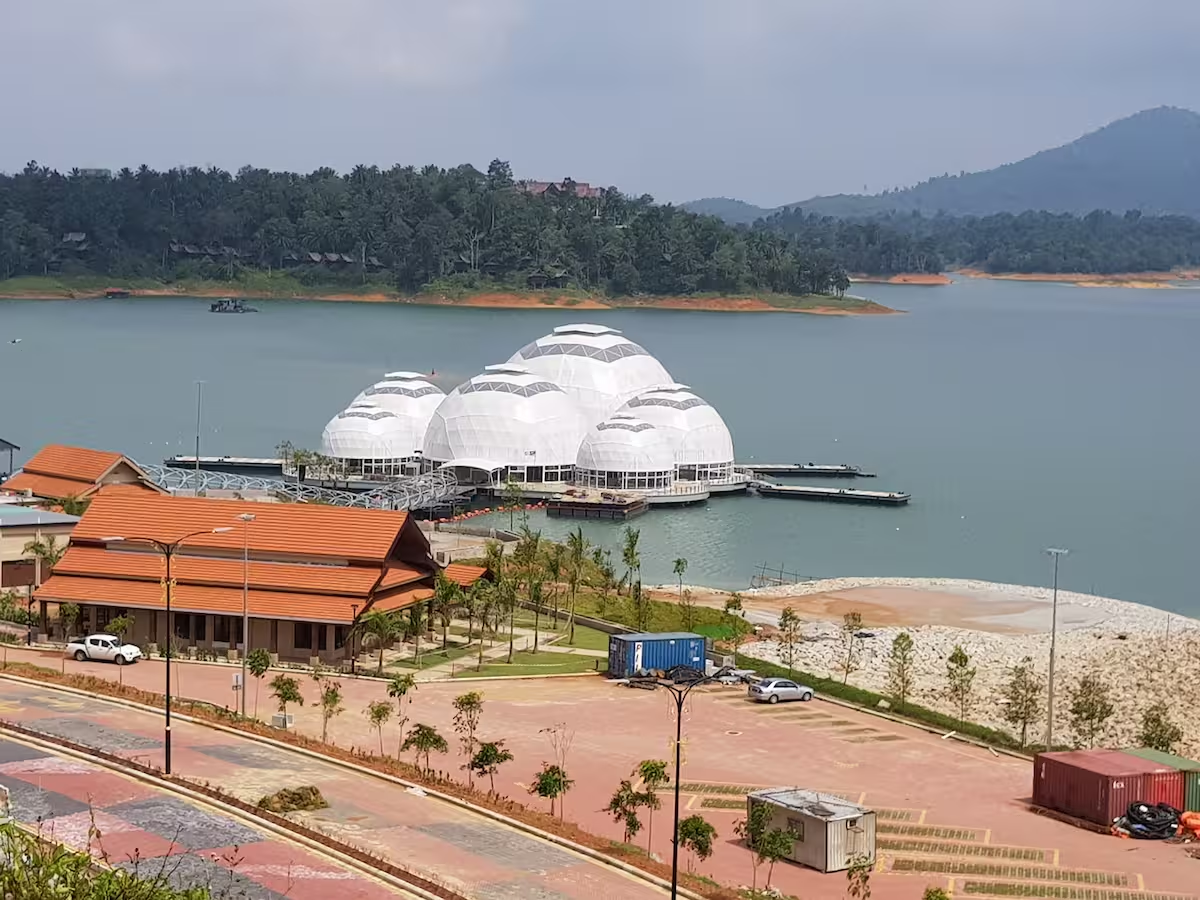
Overcoming challenges
Floating technologies are not without their challenges. Among these are ensuring their structural integrity and stability in high waves, strong currents and strong winds, dealing with the corrosive effects of saltwater and maintaining buoyancy under heavy loads, which requires continuous innovation and testing. Bluet always requires a full water study to secure the design for each specific site and project, so it can balance the materials it uses with the natural dynamics of the water on which they will float.
Vedder agrees, adding that the main things you need to consider during the design and engineering process are to think about whether it can be constructed, whether it is stable, comfortable and cost-effective, and whether it fulfils the client’s needs. To this end, his company has developed nautical stability programmes that calculate drift forces, allowing them to engineer the structure and mooring in such a way that it can cope with these forces and allow for water level differences.
Sirola adds that because there is no globally harmonised floating solutions standard, Bluet created its own. Her company also conducts detailed assessments of local water conditions before beginning any project. Its modular systems are designed to adapt to water changes, with reinforced structures and safety features like anchoring systems and shock-absorbing platforms that provide stability even in extreme weather conditions.
Materials are a factor, too. “While the basic principles of construction remain the same, floating units required specialised materials to withstand constant exposure to water,” explains Sirola. “This includes durable, corrosion-resistant materials and lightweight yet strong structures. Additionally, floating buildings demand construction techniques that prioritise flexibility and buoyancy, which can sometimes limit traditional building methods.” The materials selected are often project-specific, with no one-size-fits-all solution.
“I often say that budget is the only limit,” says Vedder. “It needs to be affordable in order to make the project feasible for the client.” Most of the projects Bartels & Vedder completes use EPS foam with concrete or hollow concrete basements, because these structures need almost no maintenance.
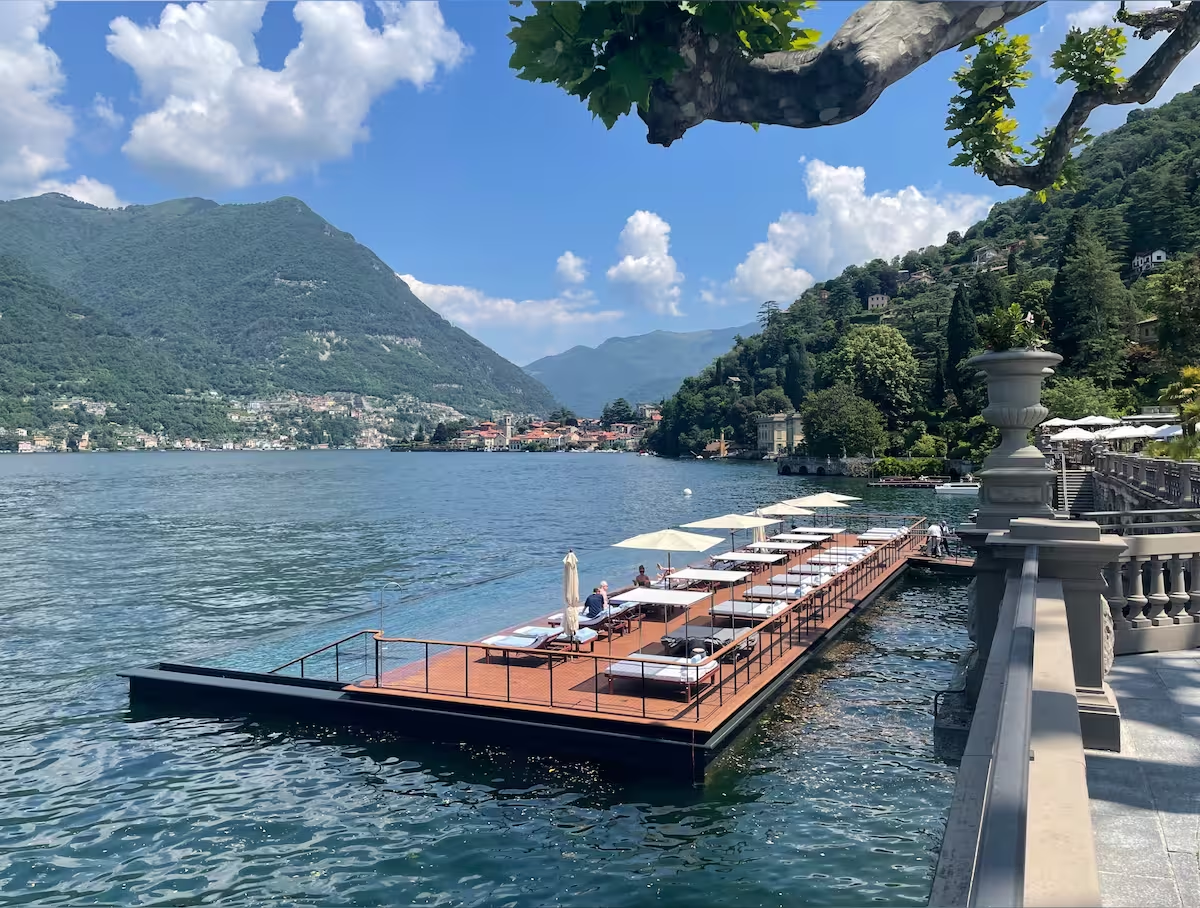
Utilities
Utilities are an integral part of floating architecture. Systems need to be set up so that they can connect to municipal networks, including electricity, water, sewage, data, floating treatment plans for waste and water recycling systems. While there are challenges in maintaining these systems in an ever-changing water environment, careful planning makes it possible to manage these resources safely and efficiently. If required, Bluet can deliver a floating solution as an independent unit, with solar power, water treatment systems and sewage tanks. “Generally, we say that our floating infrastructure is not just a pontoon – we deliver on water the same that is needed on land,” says Sirola.
There can also be regulatory challenges, especially in countries with strict zoning laws or where water bodies are publicly owned, Sirola explains. Her team has experience working in many areas and it has learned a lot from various permitting requirements, which vary globally and even locally. Bluet joins the project team at an early phase to assist in the permitting and lower the risk of technical issues to ensure all projects meet the regulatory requirements and environmental standards.
“In some areas, floating solutions are still a relatively new concept, which means navigating legal grey areas, but we see this as an opportunity to shape the future of floating constructions,” says Sirola.
The future
Bluet believes floating construction is just getting started. Floating solutions will not be a “niche solution” in the future, but a scalable model that will play a significant role in the future of urban planning and developments, Sirola predicts. “As cities face challenges related to land scarcity, rising sea levels and environmental sustainability, floating solutions offer an innovative way to expand infrastructure while preserving natural landscapes.”
Vedder also believes this technology is scalable, but adds: “We need to keep in mind that floating buildings are just one of the tools in the toolbox for building structures. We always need to keep an eye on the end goal of building affordable structures – and floating buildings are just one of these methods.”
This article was also published in issue 151 of Marina World magazine. Click here to read the online version.



